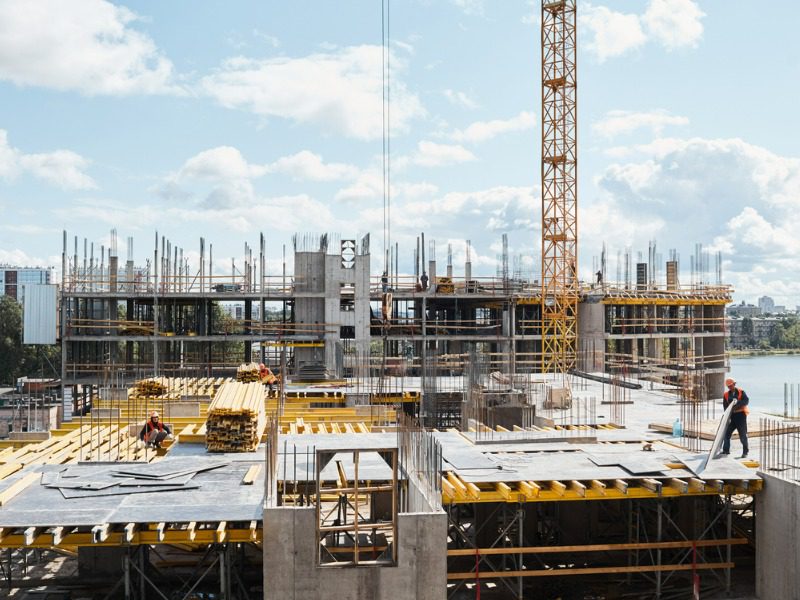How a building owner should respond when a contractor’s hit by inflation

How can you prevent construction claims stemming from disputes over project costs that rise due to inflation?
For construction project owners, the simplest way to control escalating costs may appear to be sticking to the contract price. The contractor bid competitively and won the project, so cost escalations are clearly, and contractually, their problem.
Many contracts, even if not stated explicitly, have an implied clause at common law effectively protecting the contractor from revisions that materially change a contract’s nature.
But rising labour and materials prices don’t constitute material change.
So, what happens when price fluctuations become extreme, as they have recently? Does the contractor have any means of redress? Unless the owner agrees to take on some of the pain of inflation, it’s unlikely the contract addresses inflating costs.
Contractors can do things to help themselves. Rather than just submitting a claim for escalation, they can open a portion of their books and have a frank discussion with the owner.
Their first move should be to make inflation tangible. It’s one thing for an owner to hear the price of a commodity has increased by 50% or 80%, but it’s another thing to have the contractor translate those inflation numbers into specific costs for products needed to complete work.
At very least, an owner who’s been shown what the item’s bid price and input prices are, and how much they’ve increased since the contract was signed, cannot plead ignorance.
In many projects, the owner holds back a contingency amount. But that money is set aside for changes either the owner wants or the engineering work demands. The lenders financing the project would consider it poor project management if contingency was handed out so readily, and they’d be right.
Still, the situation’s not straightforward. An owner could wait until the contractor sorts out their own problems. But at some point, the contractor’s problems will become the owner’s problems, whether it’s when the contractor starts claiming for every change, or when the contractor files for bankruptcy.
A bankrupt contractor will cost the owner far more than one who is able to complete the project at a somewhat higher cost.
Which is why owners should maintain communications and work to understand how much financial pain the contractor is suffering. While it’s not viable to simply keep paying more, the owner should explore how it might take on some cost increases now to avoid more later.
That includes the owner sitting down with the contractor to understand the financial impact of inflation. Using an open-book approach, the contractor can show the owner the assumptions upon which the original prices were based, even showing the profit margin.
In the best circumstances, this can lead to an agreement by the owner to provide some additional financial assistance. Legal advice should be sought on how best to implement the transfer of funds; a good construction lawyer can ensure any financial assistance would only be used to benefit the owner’s project and not for the contractor’s other projects or debts.
Today’s escalating inflationary cycle means many construction projects are in dire straits; although it’s convenient to assume disputes will be settled equitably by an arbitrator or judge, sometimes neither party comes away from a dispute with the result they want.
This article is excerpted from on that appeared in the August-September issue of Canadian Underwriter. Derek Sayers is managing director at Haag Canada and practice lead for the Construction Claims Group. Feature image by iStock.com/SeventyFour







